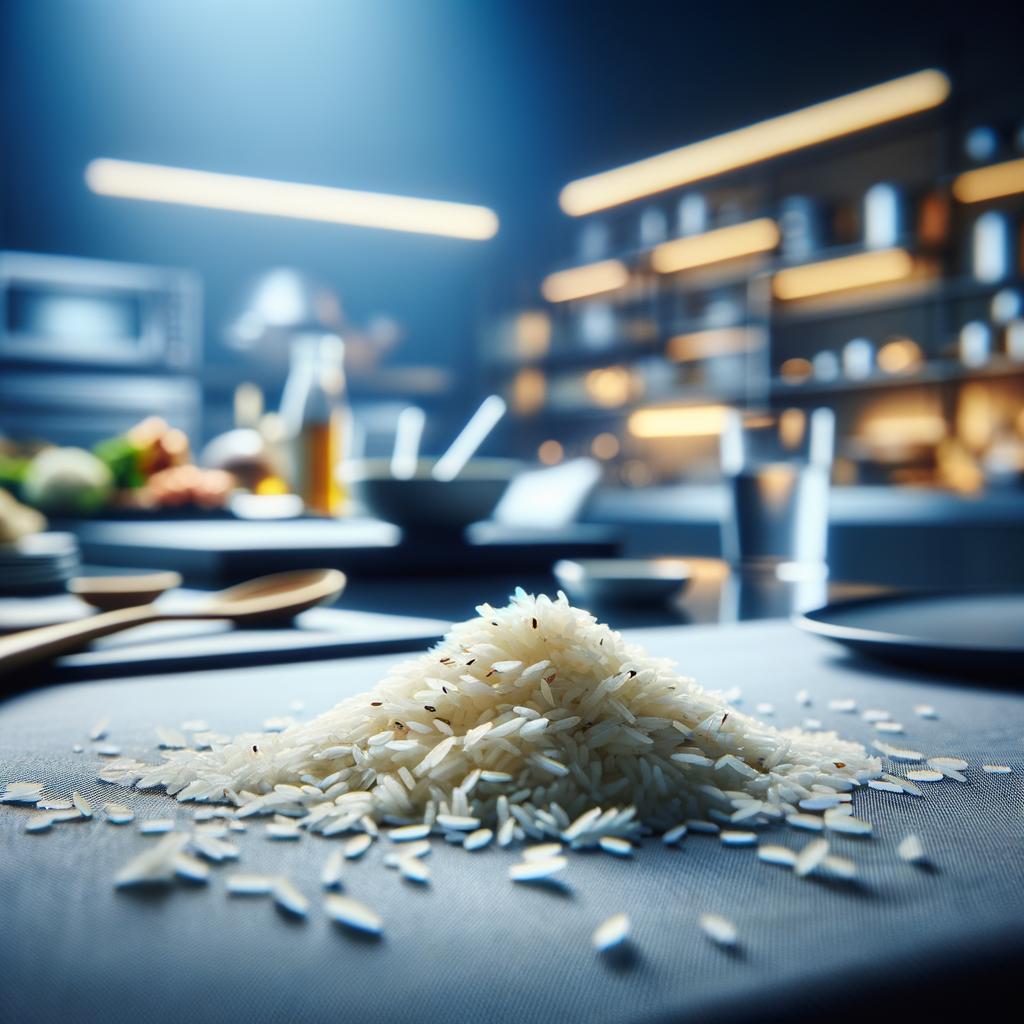Leftover Rice

Description
Meet our humble guest for the day, the ever-versatile leftover rice. This seemingly ordinary ingredient is a chameleon in the culinary world, transforming from a simple side dish into a myriad of mouthwatering meals. Its appearance is as familiar as it is diverse, ranging from pure white grains to a mixture of colorful vegetables and spices. The texture of leftover rice is slightly drier and firmer than its freshly cooked counterpart, making it perfect for a variety of dishes that require a bit of bite. Its flavor profile is a blank canvas, ready to absorb the flavors of whatever it is paired with. What sets leftover rice apart from its freshly cooked counterpart is its ability to be repurposed into new dishes, reducing food waste and increasing culinary creativity.
Primary Uses
Leftover rice is a culinary hero in many cultures around the world. From fried rice in China to rice pudding in Europe, the uses of this ingredient are as diverse as they are delicious. In Japan, leftover rice is transformed into onigiri, a portable rice ball filled with a variety of savory fillings. In India, it is often used to make pulao, a fragrant rice dish cooked with vegetables and spices. Besides its culinary uses, some cultures use leftover rice as a natural face and body scrub, attributing to its softening and brightening properties.
History
The history of leftover rice is as old as the history of rice cultivation itself. For centuries, people have been finding creative ways to repurpose this ingredient to avoid wastage. In ancient China, leftover rice was often used to make rice wine, a tradition that continues to this day. In medieval Europe, leftover rice was a key ingredient in frumenty, a popular porridge-like dish. Over time, the use of leftover rice has evolved from a necessity to a culinary trend, with many modern recipes specifically calling for this ingredient. There are even folklores associated with leftover rice, such as the belief in Japan that leaving rice uneaten brings bad luck.
Nutritional Information
Leftover rice is not only versatile but also nutritious. It is a good source of energy due to its high carbohydrate content. It also provides essential nutrients such as dietary fiber, vitamins B1 and B6, and minerals like manganese and selenium. However, it's important to note that the health benefits of leftover rice depend on how it is stored and reheated, as improper storage can lead to bacterial growth. Compared to freshly cooked rice, leftover rice has a lower glycemic index, making it a better option for those managing their blood sugar levels. So next time you find yourself with leftover rice, remember its rich history, culinary versatility, and nutritional value, and let your culinary creativity shine.

